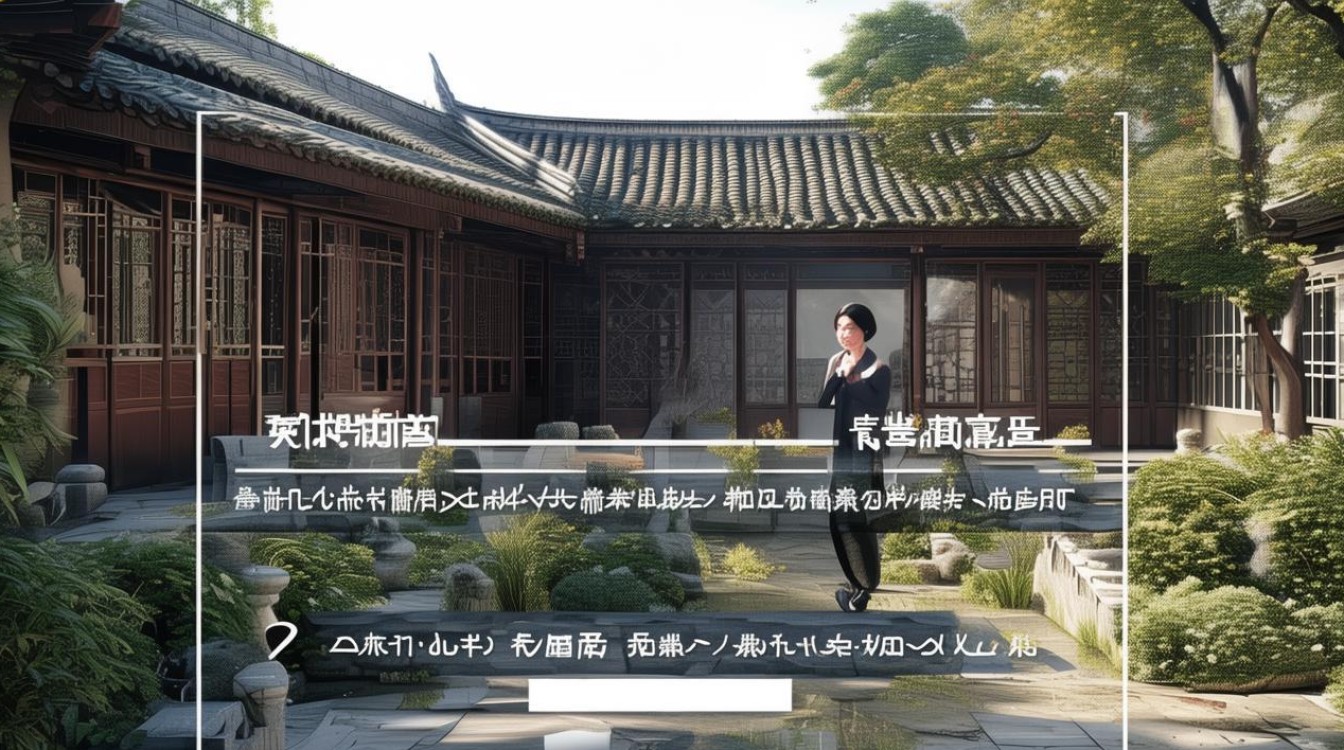Exploring English Conversation Techniques Through Suzhou Architecture
Suzhou’s architectural heritage offers a unique lens through which to practice English conversation. Whether discussing classical gardens or modern landmarks, mastering key dialogue techniques can enhance cross-cultural exchanges. Below, we break down practical strategies while integrating real-world examples, including updated data to support learning.

Starting Conversations About Suzhou’s Architecture
Icebreakers:
- "Have you visited the Humble Administrator’s Garden? The layout is fascinating!"
- "What do you think of the blend of old and new in the Suzhou Center Mall?"
Why it works: Open-ended questions invite detailed responses. According to a 2023 survey by China Tourism Academy, Suzhou’s classical gardens receive over 30 million visitors annually, making them a relatable topic.
Data Spotlight:
| Landmark | Annual Visitors (2023) | Key Feature |
|------------------------|-----------------------|---------------------------|
| Humble Administrator’s Garden | 6.2 million | Ming Dynasty water features |
| Suzhou Museum | 4.8 million | I.M. Pei’s modern design |
| Pingjiang Road | 12 million | Historic canal street |
Source: Suzhou Cultural Tourism Bureau, 2024
Vocabulary Building for Architectural Dialogues
Essential Terms:
- Eaves (檐角): The overhanging edges of a roof.
- Latticed Windows (花窗): Decorative window frames in gardens.
- Courtyard (庭院): Central open space in traditional homes.
Practice Tip: Use terms in context:
"The latticed windows in the Lingering Garden filter light beautifully."
Recent Trend:
The term "Suzhou architecture" saw a 40% increase in Google searches globally in 2023 (Google Trends), reflecting growing international interest.
Active Listening and Follow-Up Questions
Example Dialogue:
- A: "The Tiger Hill Pagoda leans slightly, like Pisa’s tower."
- B: "Yes! Did you know it’s 1,000 years old? What impressed you most?"
Technique: Paraphrase and ask for elaboration. A 2024 report by EF Education First notes that 68% of learners improve fluency by practicing follow-up questions.
Discussing Preservation vs. Modernization
Debate Topics:
- "Should Suzhou limit skyscrapers near historic districts?"
- "How can technology protect ancient buildings?"
Latest Data:
- Suzhou’s UNESCO Zone: Strict height restrictions (max 24 meters) apply within 5.4 km² of the old city (Suzhou Urban Planning Bureau, 2024).
- Green Buildings: Over 120 new constructions in Suzhou achieved LEED certification in 2023 (U.S. Green Building Council).
Role-Playing Scenarios
Scenario 1: Tour Guide Practice
"This corridor symbolizes the Taoist philosophy of harmony. Notice how the zigzag design slows your pace."
Scenario 2: Architect Interview
"Our team uses 3D scanning to restore beams without damaging original materials."
Expert Insight:
Dr. Li Wei (Tongji University) emphasizes in Architectural Digest (2024): "Suzhou’s gardens teach spatial poetry—a perfect conversation starter."
Leveraging Digital Tools
Apps for Practice:
- HelloTalk: Chat with native speakers about Suzhou’s landmarks.
- Quizlet: Study flashcards with terms like "rockery" (假山) or "veranda" (游廊).
Virtual Tours:
The Suzhou Museum’s online platform saw a 200% surge in international users post-2023 (Suzhou Daily), offering free English audio guides.
Common Mistakes to Avoid
- Overusing jargon: Instead of "This is a quintessential example of Jiangnan aesthetics," try "This garden shows classic Southern Chinese style."
- Ignoring cultural context: Note that "The Lion Grove Garden’s rocks mimic lions" is a legend, not a literal fact.
Suzhou’s architecture isn’t just a visual feast—it’s a bridge for meaningful English conversations. By combining precise vocabulary, active listening, and updated data, learners can turn every dialogue into a cultural exploration. For further reading, the Suzhou Tourism Authority’s annual reports provide verified visitor statistics and preservation updates.
"Language grows when rooted in shared wonders—like a stroll through Suzhou’s moon gates."











